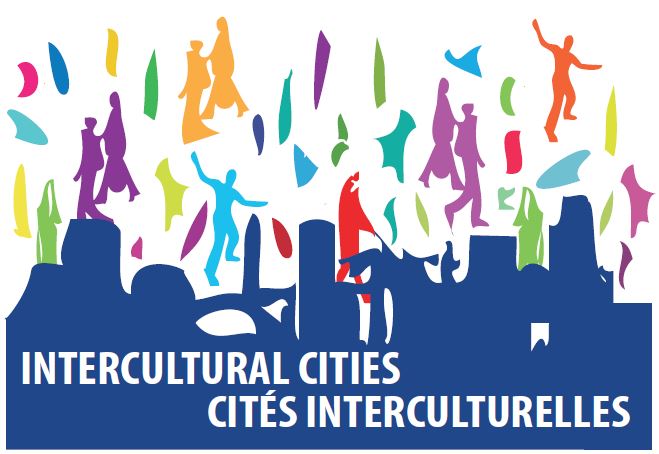Purpose:
The initiative aims to support the inclusion of the Roma community in Reggio Emilia by promoting intercultural interaction.
Stimulus/Rationale:
The city of Reggio Emilia has approximately 900 members of the Roma community (out of a total population of 170 000 inhabitants).
The main challenges faced by the City in ensuring the intercultural inclusion of the Roma community are:
- School integration, counteracting early school leaving and promotion of educational success of Roma children (work in schools has been carried out over many years – see the answer below about good practices)
- Housing: the Roma community living in Reggio Emilia (and in northern Italy in general) has the cultural specificity to live in mobile homes and micro-areas. In accordance with Emilia-Romagna regional law n. 11/2015, the municipality is promoting a cross-sectoral work to sustain decent, non-segregating and respectful of Roma culture, housing projects.
Process:
The educators who work both in schools and within the Roma community play a crucial “bridge” and mediation role. For many years they have been helping these two contexts to communicate and share common representations. Over the past 8 years, the municipality has maintained a dialogue on this experience with Reggio Emilia University (Bachelor's Degrees in Primary Teacher Education and Education for Early Childhood Services and Socio-Pedagogical Context) ensuring that the knowledge gained is passed on to future teachers.
Moreover, the Department of Welfare and Intercultural policies of the municipality has a service that specifically deals with the inclusion of Roma community. This service has a strong connection with the local services and implements the regional, national and EU directives at a local level.
Thus, the city encourages the social and political participation of hard-to-reach groups, including Roma, mainly through a socio-educational intervention in the Roma community’s life. Special attention is dedicated to creating spaces of participation and interaction within the social context of the city.
Impact:
Key reference documents:



